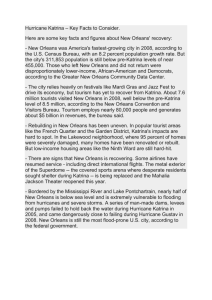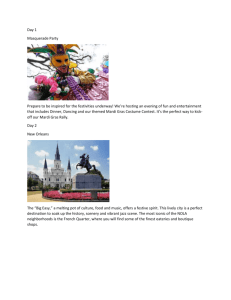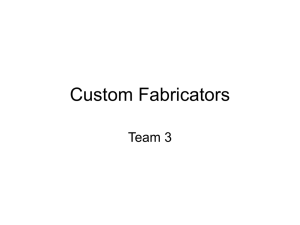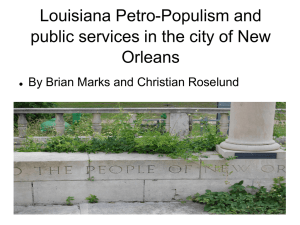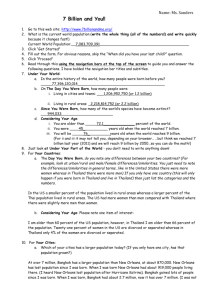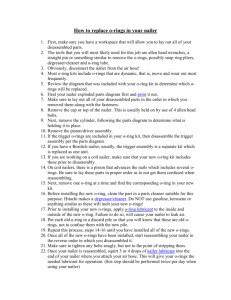Passage Analysis IV: "Whatever Nita thought of the scavenge
advertisement
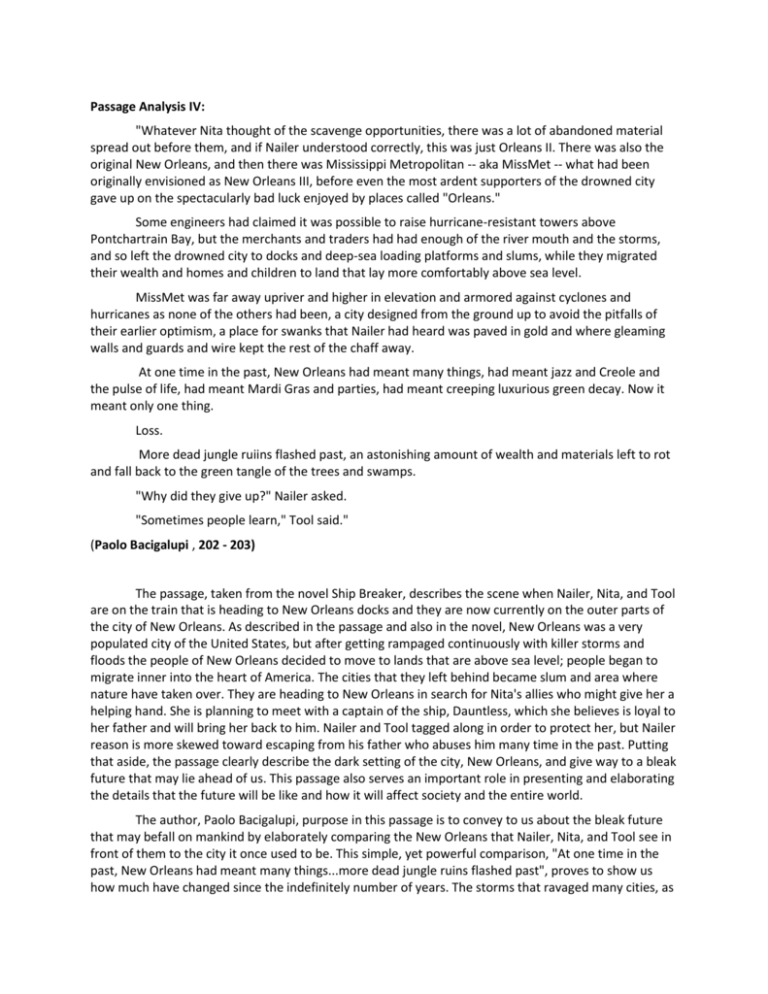
Passage Analysis IV: "Whatever Nita thought of the scavenge opportunities, there was a lot of abandoned material spread out before them, and if Nailer understood correctly, this was just Orleans II. There was also the original New Orleans, and then there was Mississippi Metropolitan -- aka MissMet -- what had been originally envisioned as New Orleans III, before even the most ardent supporters of the drowned city gave up on the spectacularly bad luck enjoyed by places called "Orleans." Some engineers had claimed it was possible to raise hurricane-resistant towers above Pontchartrain Bay, but the merchants and traders had had enough of the river mouth and the storms, and so left the drowned city to docks and deep-sea loading platforms and slums, while they migrated their wealth and homes and children to land that lay more comfortably above sea level. MissMet was far away upriver and higher in elevation and armored against cyclones and hurricanes as none of the others had been, a city designed from the ground up to avoid the pitfalls of their earlier optimism, a place for swanks that Nailer had heard was paved in gold and where gleaming walls and guards and wire kept the rest of the chaff away. At one time in the past, New Orleans had meant many things, had meant jazz and Creole and the pulse of life, had meant Mardi Gras and parties, had meant creeping luxurious green decay. Now it meant only one thing. Loss. More dead jungle ruiins flashed past, an astonishing amount of wealth and materials left to rot and fall back to the green tangle of the trees and swamps. "Why did they give up?" Nailer asked. "Sometimes people learn," Tool said." (Paolo Bacigalupi , 202 - 203) The passage, taken from the novel Ship Breaker, describes the scene when Nailer, Nita, and Tool are on the train that is heading to New Orleans docks and they are now currently on the outer parts of the city of New Orleans. As described in the passage and also in the novel, New Orleans was a very populated city of the United States, but after getting rampaged continuously with killer storms and floods the people of New Orleans decided to move to lands that are above sea level; people began to migrate inner into the heart of America. The cities that they left behind became slum and area where nature have taken over. They are heading to New Orleans in search for Nita's allies who might give her a helping hand. She is planning to meet with a captain of the ship, Dauntless, which she believes is loyal to her father and will bring her back to him. Nailer and Tool tagged along in order to protect her, but Nailer reason is more skewed toward escaping from his father who abuses him many time in the past. Putting that aside, the passage clearly describe the dark setting of the city, New Orleans, and give way to a bleak future that may lie ahead of us. This passage also serves an important role in presenting and elaborating the details that the future will be like and how it will affect society and the entire world. The author, Paolo Bacigalupi, purpose in this passage is to convey to us about the bleak future that may befall on mankind by elaborately comparing the New Orleans that Nailer, Nita, and Tool see in front of them to the city it once used to be. This simple, yet powerful comparison, "At one time in the past, New Orleans had meant many things...more dead jungle ruins flashed past", proves to show us how much have changed since the indefinitely number of years. The storms that ravaged many cities, as described in the novel earlier on, was the main reason why people left city such as New Orleans which bears so close to the ravaging ocean that may give birth to a storm at any given time. Bacigalupi gives New Orleans name such as "New Orleans I", "New Orleans II", and so on -- as if he is just treating the city that once was a city with pride to something that is simply, garbage. In short, Bacigalupi, emphasizes that the city that once was a major city in the US and a home for many people is now nothing more than a junk yard that is given a number and divided up into sections. This technique also serves another purpose, to emphasize how the majority of the human race is forced to live in a small area in the world. In other words, when Nailer traveled through New Orleans, he noticed that "New Orleans I" is much larger than it's counterpart II and the sector decreases in size as he headed deeper into New Orleans which emphasizes that the most outer part, the oceans and the coast lines, is taken back by Mother Nature, and only in the hearts of many continent will there be people and a working society. In relation to the essential question, "What do our depictions of the future reveal about the present, Bacigalupi emphasize how climate change and the birth of powerful and more ravaging storms will bring about the daily life of people to an abrupt end. The damages humanity have caused to the planet and nature is too much for nature to handle thus it is inevitable that the climate will start to shift in an unfavorable direction toward humanity. To prevent such events from arising, it is wise to change the way we use energy, automobiles, and any other things that contribute to the slow, but steady climate change. If not, then circumstances may arise in which we must change the way we live our life, especially city people that settle themselves near the ocean -- extracted from the novel, "There were no polar bears now, and seals were few and far between...and with the disappearance of the ice, the Siberians and Inuit became sea people."(Page 257) The change in climate affect not only the landscape, but the people that live there. The passage describes the disappearance of the ice that should be covering the Northern part of the planet which led to the rise of sea level across the globe. This is a very similar theory to ones that are constantly reiterated on documentaries we see today. It may occur, is the only reason to make us the fear the unpredictable future. In connection to my previous post, it is indeed true that the more powerful storms become the less likely cities across the world will be able to stay intact. That's not the only danger humanity should be concern about because of climate change there will be a rise in sea level which will flood, literally flood a majority of coastlines cities that reside below sea level. Cities pluming and draining system will be no much for the wrath of nature, so what to do then? The question is yet left unanswered because the present have not gotten close to resembling the bleak future that is described in this novel, so in the end there must be a change in the world that will force humanity to change as well. Humanity is an arrogant and selfish species that only believe in protecting themselves and disregard the health of their surrounding, so if there is no danger that disrupts their daily life, people will inevitably remain unchanged for time to come.



